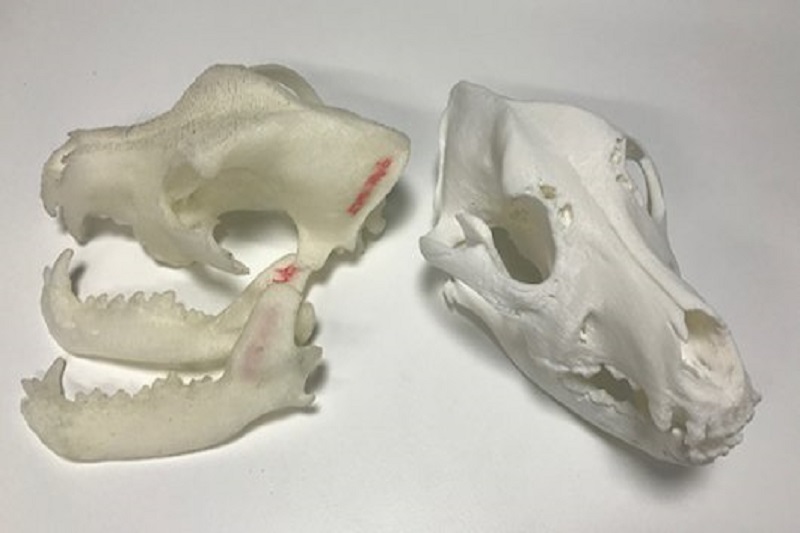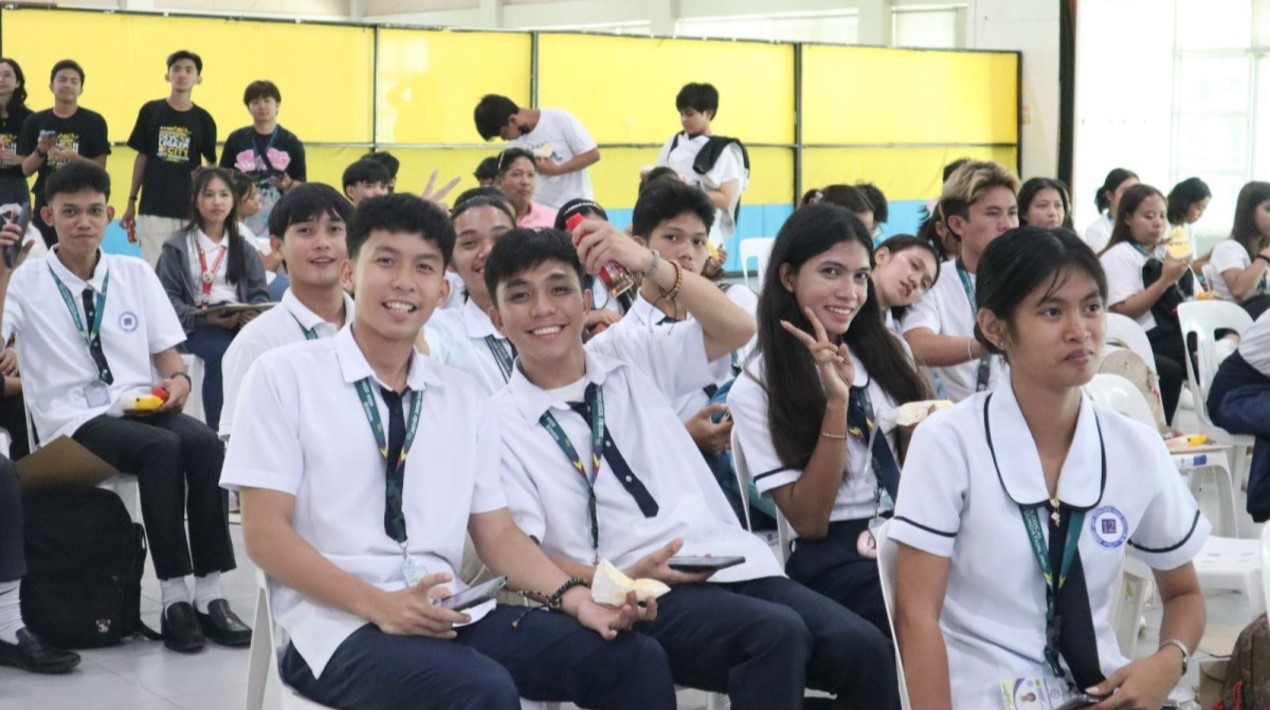
3D printed models of dog skulls have boosted the capacity of Australia’s University of Queensland (UQ) veterinarians to save animals and educate the veterinary students of tomorrow.
According to a recent press release, the skulls were used to help children understand how dogs with short noses can suffer from the condition called brachycephalia.
3D printed models
The models, showcased at the World Science Festival, were the result of collaboration between the University Library’s Digital Scholars Hub and the School of Veterinary Science.
Some dogs such as pugs, French bulldogs and Boston terriers can have such short faces that they experience trouble breathing and keeping themselves cool. This is caused by their inability to pant effectively.
This trait has been selected by humans to make dogs look cute and more flat-faced like them. However, it can result in significant suffering or invasive surgical treatments to help the dogs breathe.
With 3D models, it is now possible to show just how problematic this condition is and to easily explain tricky concepts like this to school kids.
Moreover, it helps in explaining why people should consider adopting shelter dogs, which are often greyhounds or mutts. This is because they are generally very healthy and make excellent pets.
Accessible and affordable
The use of emerging digital technologies for science education is truly exciting. 3D model creation is becoming more accessible, more affordable and improving in quality.
In this case, they used the medical imaging data of a dog that had a CT scan at the University; open-source medical imaging software; a low-end 3D printer; and some biodegradable starch-made plastic.
They were able to build something quickly and cheaply that will connect science to a whole new audience.
Other uses of the tech
The technology is not just limited to veterinary science. There are also other disciplines like archaeology, palaeontology, botany, zoology, geology, history, and human movement science.
Discussions with archaeobotanists, which are archaeologists that look at plant remains, are being made. The discussion is concerned with scanning tiny seeds and then 3D printing larger copies to better display their unique morphologies to students.
Educational displays are just the first step for 3D printing in veterinary science. Beyond veterinary education, 3D printing is now starting to be used to treat animals, particularly in surgical applications.
An example was cited of a dog that had most of its skull removed due to a cancer, then had a custom-made 3D printed titanium plate implanted.
Furthermore, surgeons are creating unique 3D bone models for animals requiring surgery, in order to plan and practice a procedure before it’s conducted.
3D printing will help inspire future vets, create better educational outcomes for veterinary students and lead to happier, healthier animals.
















